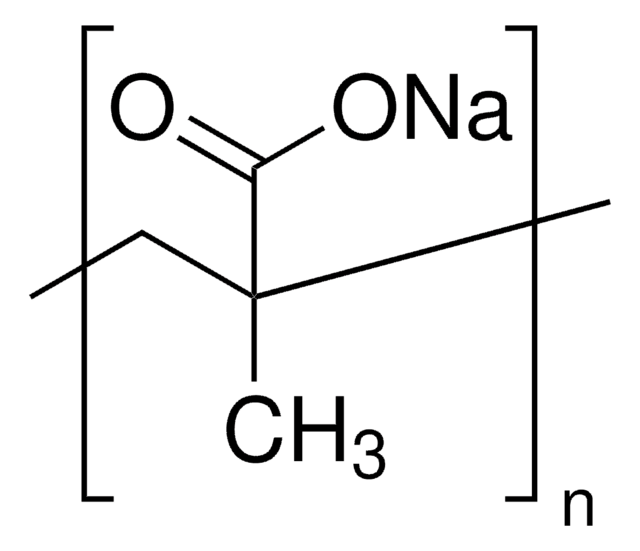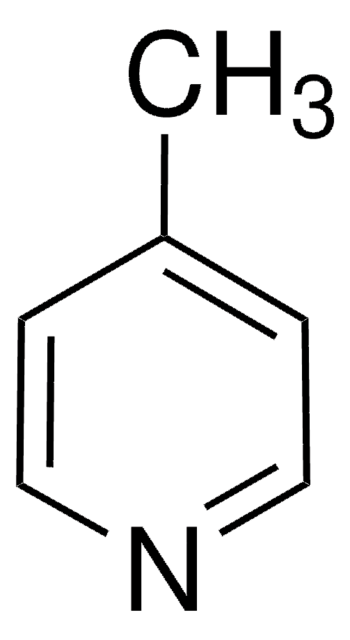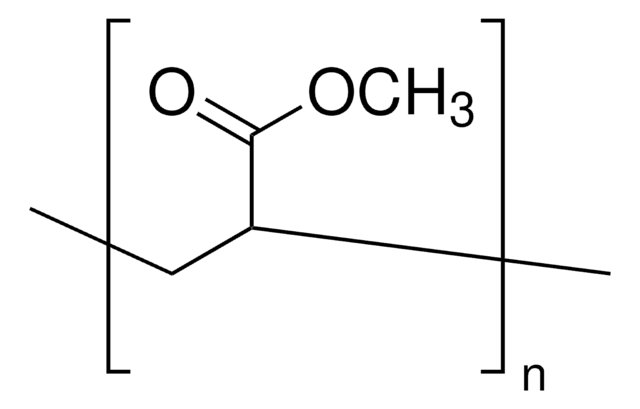741833
L-Citrulline-5,5-d2
97 atom % D (partial deuteration at C4), 97% (CP)
About This Item
Recommended Products
isotopic purity
97 atom % D (partial deuteration at C4)
Assay
97% (CP)
form
powder
mass shift
M+2
SMILES string
[2H]C([2H])(CC[C@H](N)C(O)=O)NC(N)=O
InChI
1S/C6H13N3O3/c7-4(5(10)11)2-1-3-9-6(8)12/h4H,1-3,7H2,(H,10,11)(H3,8,9,12)/t4-/m0/s1/i3D2
InChI key
RHGKLRLOHDJJDR-XHNVGKFISA-N
Related Categories
1 of 4
This Item | 568513-U | 568500-U | 568501-U |
|---|---|---|---|
| separation technique reversed phase | separation technique reversed phase | separation technique reversed phase | separation technique reversed phase |
| L × I.D. 5 cm × 4.6 mm | L × I.D. 25 cm × 4 mm | L × I.D. 5 cm × 2.1 mm | L × I.D. 10 cm × 2.1 mm |
| matrix active group C18 (octadecyl) phase | matrix active group C18 (octadecyl) phase | matrix active group C18 (octadecyl) phase | matrix active group C18 (octadecyl) phase |
| particle size 3 μm | particle size 5 μm | particle size 5 μm | particle size 5 μm |
| matrix silica gel, high purity, spherical particle platform, fully porous particle | matrix silica gel, high purity, spherical particle platform, fully porous particle | matrix silica gel, high purity, spherical particle platform, fully porous particle | matrix silica gel, high purity, spherical particle platform, fully porous particle |
| pore size 120 Å | pore size 120 Å | pore size 120 Å | pore size 120 Å |
Packaging
Storage Class Code
11 - Combustible Solids
WGK
WGK 3
Flash Point(F)
Not applicable
Flash Point(C)
Not applicable
Choose from one of the most recent versions:
Already Own This Product?
Find documentation for the products that you have recently purchased in the Document Library.
Customers Also Viewed
Our team of scientists has experience in all areas of research including Life Science, Material Science, Chemical Synthesis, Chromatography, Analytical and many others.
Contact Technical Service















